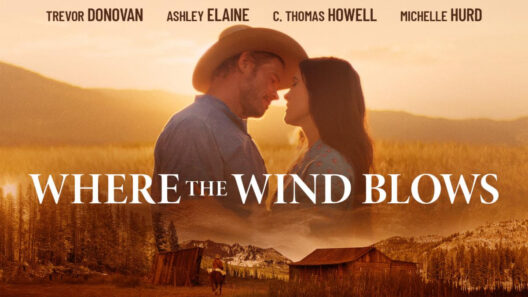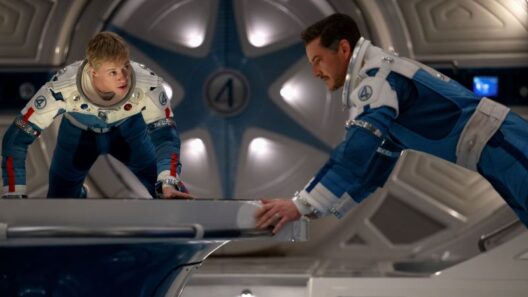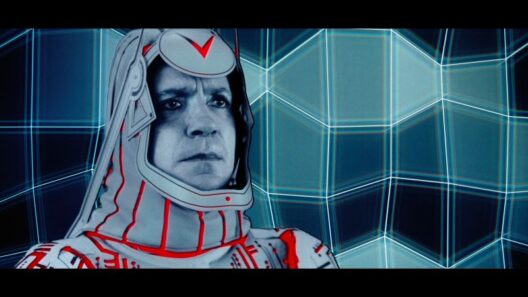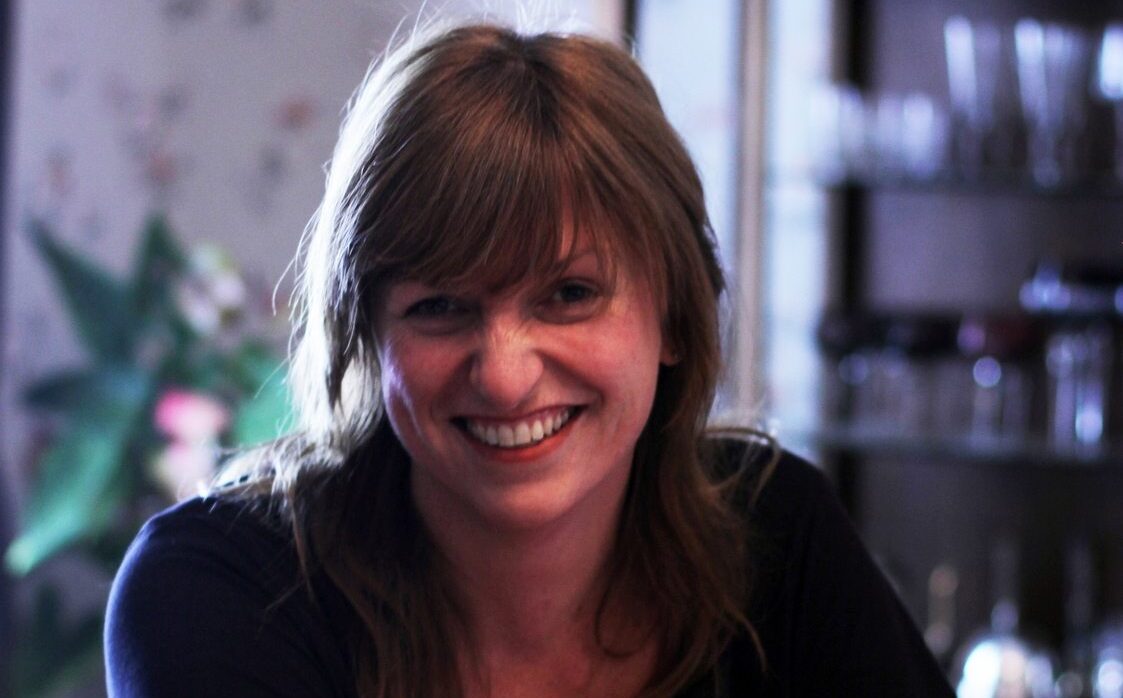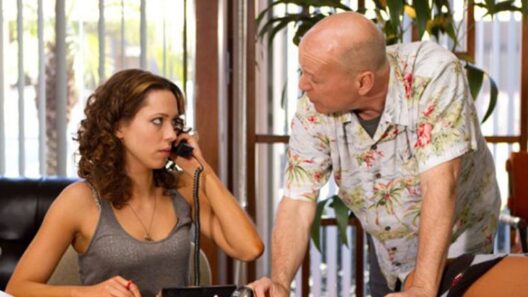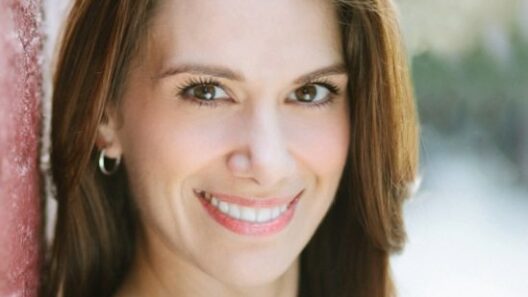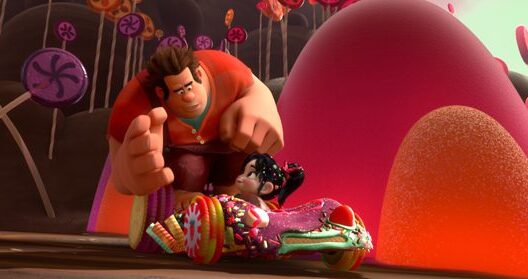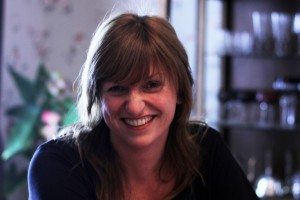
After her successful feature debut with Somersault, Australian director Cate Shortland focused her talents on adapting Rachel Seiffert’s “The Dark Room”—a novel set in post WW II Germany—to the film Lore.
Lore follows the lives of five German siblings at the onset of the Third Reich’s collapse. The film stars Saskia Rosendahl, Hans-Jochen Wagner, Ursina Lardi, Nele Trebs, Mika Seidel, Andre Frid and Kai Malina. Lore forces its key characters to address the physical and emotional challenges imposed by a defeated nation and the lingering prejudice instilled by parents, neighbors and Hitler’s media and schooling.
In this one-on-one interview, Shortland reveals the challenges and tiumpths she encountered in making this important film.
What inspired you to make this film?
Cate Shortland: The Film is based on a book and the book is based on a true story. It’s about Rachel Seiffert’s mother and grandmother. As soon as I read it, I was fascinated by the perspective in what it means to be the child of a perpertrator.
What were some of the major challenges you encountered in filming?
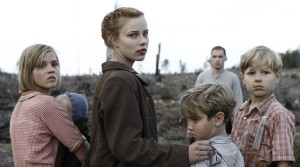
CS: It was quite challenging working in Germany because I don’t speak German. Another big challenge was working with the kids, and that the film was landscape based—over 70 percent of the film was shot outside. We were dealing with rain and heat and sunburn and ticks and leaches.
Where specifically was Lore filmed?
CS: We started filming in the Schwarzwald and then we went up the Polish border in a small city that wasn’t bombed. I think four houses were destroyed but it was completely intact. Then we went to central Germany and to the north sea. I saw so much of Germany making this film.
How difficult was casting the film?
CS: It was a really great experience, actually. I noticed the difference from casting in Australia where we have 25 million people to casting in a country where they have 80 million people where you have subsidized visas. Most of the adult cast were really busy actors who were working all the time in theater. They actually had to squeeze the film in. And it would be the opposite story in Australia. All the kids had experience except for Saskia.
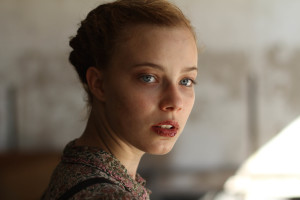
Why did you cast Saskia Rosendahl? What was special about her?
CS: She’s incredible, intelligent and amazing. She has grace, beauty and elegance. She’s very truthful and vulnerable. And there’s something unknowable about Saskia. She sort of protects part of herself and I think that’s interesting on screen because you’re always trying to find out what that is. She does that in real life. Part of that comes from being a classically trained dancer. She has the ability to show so much emotion by the way she moves. She also has a lot of energy. Yet she was contained with a lot of adrenalin. So you’re just waiting for her to act.
There’s an emotional scene when Lore finds the disturbing Holocaust photos on the wall. Why did you choose that way confronting Lore with the cruelty of the Nazis?
CS: We chose that way because it was truthful. It was often the first time German civilians had seen the horrors of the regime they supported. And because that was the way it was dealt with in the book. The film is all about images—the way photography deals with history. So it starts off with her mother’s photo album and her mother’s ripping all these photos out of her father in his SS uniform. And then, the next images we see are those of the camp. And that kind of continues until the last images we see are of the Jewish family in Thomas’ wallet. And that family is actually my husband’s family because they’re German Jews. The film shows how we deal with history through images, the stories we create with images and what they mean to us.
There’s another powerful scene when Lore takes the holocaust photo and buries it along with her father’s photo in his SS uniform. Was that in Seiffert’s book?
CS: It was in the book. Rachel Seiffert’s grandfather was in the SS. So much of that great storytelling about what it means to be the child of a perpetrator comes from Rachel’s own dealings as a granddaughter.
Why did you have in mind when Lore discovered the dead man in a chair shot through the eye?
CS: That man is the widow’s husband. And that farmhouse is something out of Grimm’s fairly tale. The horror was every day. There was so much of it in 1945. And often that horror was perpetrated by Germans against Germans or by Germans against the slave labor force who were trying to return east. We didn’t have it in the film, but people would talk about when they were crossing Germany, there were corpses hanging from the trees. The corpses were Polish, Lithuanian, Hungarian slave workers who the Germans had murdered. The horror didn’t stop after the war ended. People were turning on each other and there was so much sexual violence. So the landscape that the children are navigating through is completely chaotic. At times, the film has a fairly tale, idyllic quality, yet murder and mayhem worked its way into German family life.
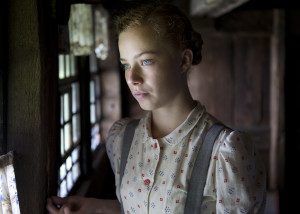
What do you think audiences should take away from this film?
CS: That we’re all humane beings. The human beings who we often think of as monsters who committed unimaginable horrendous crimes are often people like us. What that means when we’re watching CNN. When we look at war images, what we’re actually seeing is people like us.
Where has the film been shown thus far?
CS: It’s been shown quite a lot in film festivals across Europe. We’ve been really lucky because we’ve won a lot of critical audience awards. The favorite for me is audience awards because it means it’s having an emotional impact on people. You make films to impact people’s hearts.
What’s your next project?
CS: My next project will be in Indonesia dealing with the tourist, suntan, post-colonial world of Bali.
Alex A. Kecskes is a published author of "Healer a Novel" available on Amazon. He has written hundreds of film reviews and celebrity interviews for a wide variety of online and print outlets. He has covered red carpet premieres and Comic-Con events for major films and independent releases.

